A Great Country like no other
Amazing country with rich culture and history
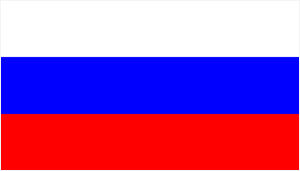 Russian federation which is known as Russia, is the world’s largest country in terms of the overall surface area. Russia’s geography can be described in terms of its size, location, climate and varied physical features. Russia is enriched with very rich history and great culture.
Russian federation which is known as Russia, is the world’s largest country in terms of the overall surface area. Russia’s geography can be described in terms of its size, location, climate and varied physical features. Russia is enriched with very rich history and great culture.
GEOGRAPHY: 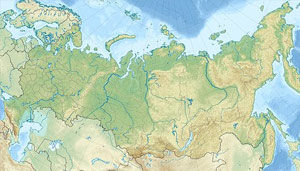 Russia is located in Northern Asia bordering between North Pacific Ocean and Europe. The country covers a total area of 17,075,400 sq km, out of which 79,400 sq km is water and 16,995,800 sq km is land. Russia’s coastlines extend to the Artic and the Pacific oceans that include the Caspian, Baltic and Black sea.
Russia is located in Northern Asia bordering between North Pacific Ocean and Europe. The country covers a total area of 17,075,400 sq km, out of which 79,400 sq km is water and 16,995,800 sq km is land. Russia’s coastlines extend to the Artic and the Pacific oceans that include the Caspian, Baltic and Black sea.
CLIMATE: 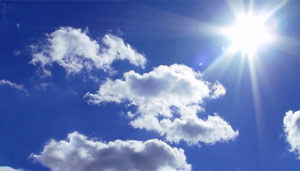 In general, the climate of Russia can be described as a highly continental influenced climate with warm to hot dry summers and (very) cold winters. The average winter temperature is about -10°C. Moscow often scorches in highs of 35-37°C.
In general, the climate of Russia can be described as a highly continental influenced climate with warm to hot dry summers and (very) cold winters. The average winter temperature is about -10°C. Moscow often scorches in highs of 35-37°C.
RESOURCES: 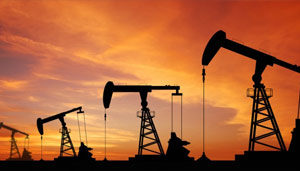 Russia accounts for around 20 percent of the world’s production of oil and natural gas. Russia also is self-sufficient in nearly all major industrial raw materials and has at least some reserves of every industrially valuable nonfuel minerals. Tin, tungsten, bauxite, and mercury were among the few natural materials imported in the Soviet period. Russia possesses rich reserves of iron ore, manganese, chromium, nickel, platinum, titanium, copper, tin, lead, tungsten, diamonds, phosphates, and gold, and the forests of Siberia contain an estimated one-fifth of the world’s timber.
Russia accounts for around 20 percent of the world’s production of oil and natural gas. Russia also is self-sufficient in nearly all major industrial raw materials and has at least some reserves of every industrially valuable nonfuel minerals. Tin, tungsten, bauxite, and mercury were among the few natural materials imported in the Soviet period. Russia possesses rich reserves of iron ore, manganese, chromium, nickel, platinum, titanium, copper, tin, lead, tungsten, diamonds, phosphates, and gold, and the forests of Siberia contain an estimated one-fifth of the world’s timber.
LANGUAGE: 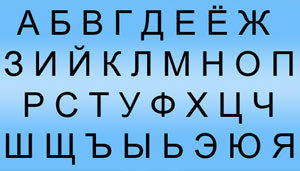 Russian language is the only official language at the national level. Other than that there are 35 different languages which are considered official languages in various regions of Russia. There are over 100 minority languages spoken in Russia today.
Russian language is the only official language at the national level. Other than that there are 35 different languages which are considered official languages in various regions of Russia. There are over 100 minority languages spoken in Russia today.
RELIGION & CULTURE: 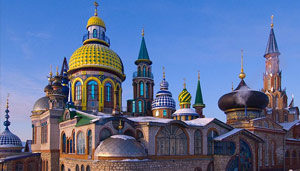 There are nearly 5,000 registered religious associations in Russia. More than half follow the Russian Orthodox Church, Islam is the second largest religion. The third most popular religion in Russia after Christianity and Islam is Tengrism, a form of pagan, animistic and shamanic religion. People ethnically identified as Russians have been politically and culturally dominant in a vast area for five hundred years of tsarist and Soviet imperial expansion. However, minority cultures have survived within the Russian Federation; including the peoples of the North Caucasus, numerous indigenous groups in Siberia, the Tatars in the Volga region, and the East Slavic Ukrainians and Belarusians.
There are nearly 5,000 registered religious associations in Russia. More than half follow the Russian Orthodox Church, Islam is the second largest religion. The third most popular religion in Russia after Christianity and Islam is Tengrism, a form of pagan, animistic and shamanic religion. People ethnically identified as Russians have been politically and culturally dominant in a vast area for five hundred years of tsarist and Soviet imperial expansion. However, minority cultures have survived within the Russian Federation; including the peoples of the North Caucasus, numerous indigenous groups in Siberia, the Tatars in the Volga region, and the East Slavic Ukrainians and Belarusians.
ECONOMY: 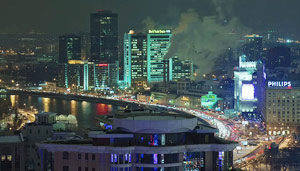 Russia has a high-income mixed economy with state ownership in strategic areas of the economy. Market reforms in the 1990s privatized much of Russian industry and agriculture, with notable exceptions in the energy and defense-related sectors. As per the World Bank reports the country’s GDP per capita is 14,611.70 USD, GDP growth rate 1.3% annual change and GNP of Russia is 3.328 Trillian PPP Dollars.
Russia has a high-income mixed economy with state ownership in strategic areas of the economy. Market reforms in the 1990s privatized much of Russian industry and agriculture, with notable exceptions in the energy and defense-related sectors. As per the World Bank reports the country’s GDP per capita is 14,611.70 USD, GDP growth rate 1.3% annual change and GNP of Russia is 3.328 Trillian PPP Dollars.
GOVERNMENT STRUCTURE: 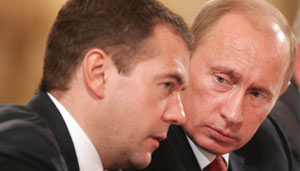 The executive power is split between the President and the Prime Minister, but the President is the dominant figure. The legislature is represented by the Federal Assembly of Russia. It has two chambers: the State Duma – the lower house, and the Federation Council – the upper house. The judicial power is vested in courts and administered by the Ministry of Justice.
The executive power is split between the President and the Prime Minister, but the President is the dominant figure. The legislature is represented by the Federal Assembly of Russia. It has two chambers: the State Duma – the lower house, and the Federation Council – the upper house. The judicial power is vested in courts and administered by the Ministry of Justice.
HUMAN DEVELOPMENT: 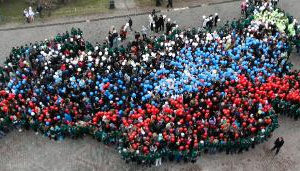 The Human inequality coefficient for the Russian Federation is equal to 10.3 percent. In the 2014 HDR, HDRO introduced a new measure, the GDI, based on the sex-disaggregated Human Development Index, defined as a ratio of the female to the male HDI. Between 1980 and 2014, Russia’s life expectancy at birth increased by 2.8 years, mean years of schooling increased by 4.9 years and expected years of schooling increased by 2.5 years. The country’s GNI per capita increased by about 14.9 percent between 1990 and 2014.
The Human inequality coefficient for the Russian Federation is equal to 10.3 percent. In the 2014 HDR, HDRO introduced a new measure, the GDI, based on the sex-disaggregated Human Development Index, defined as a ratio of the female to the male HDI. Between 1980 and 2014, Russia’s life expectancy at birth increased by 2.8 years, mean years of schooling increased by 4.9 years and expected years of schooling increased by 2.5 years. The country’s GNI per capita increased by about 14.9 percent between 1990 and 2014.
